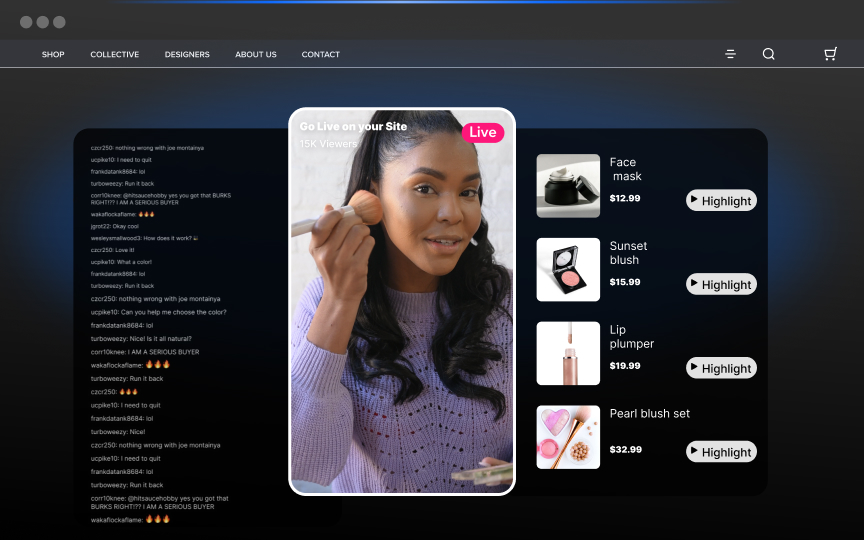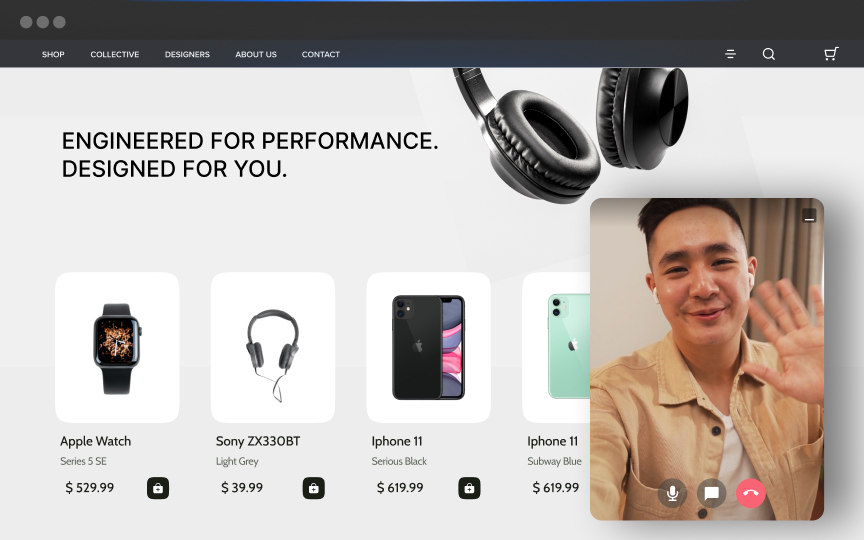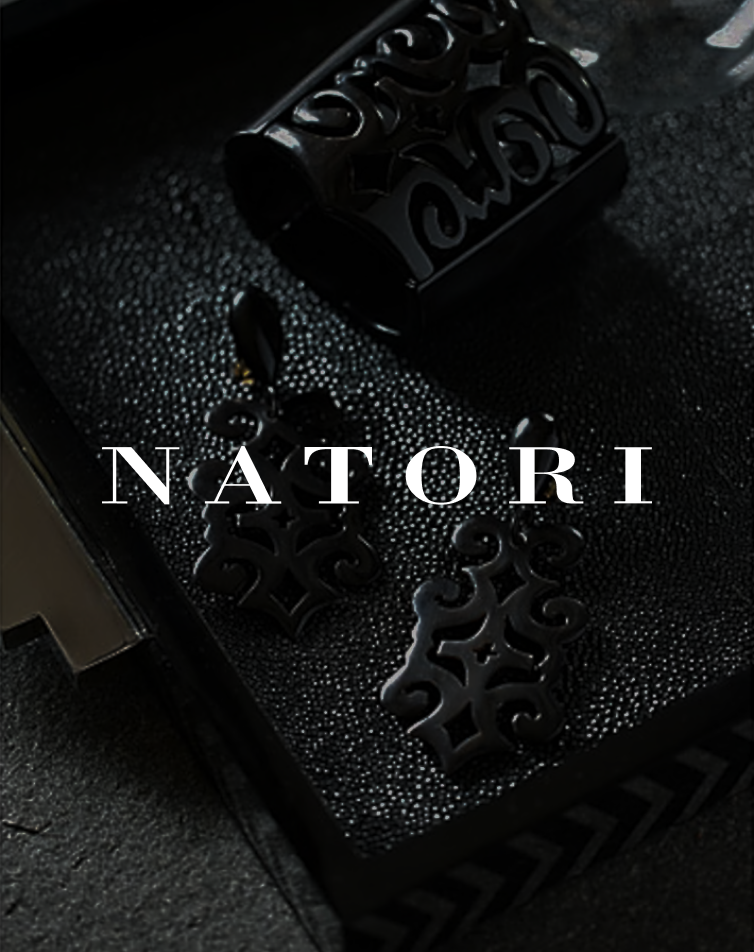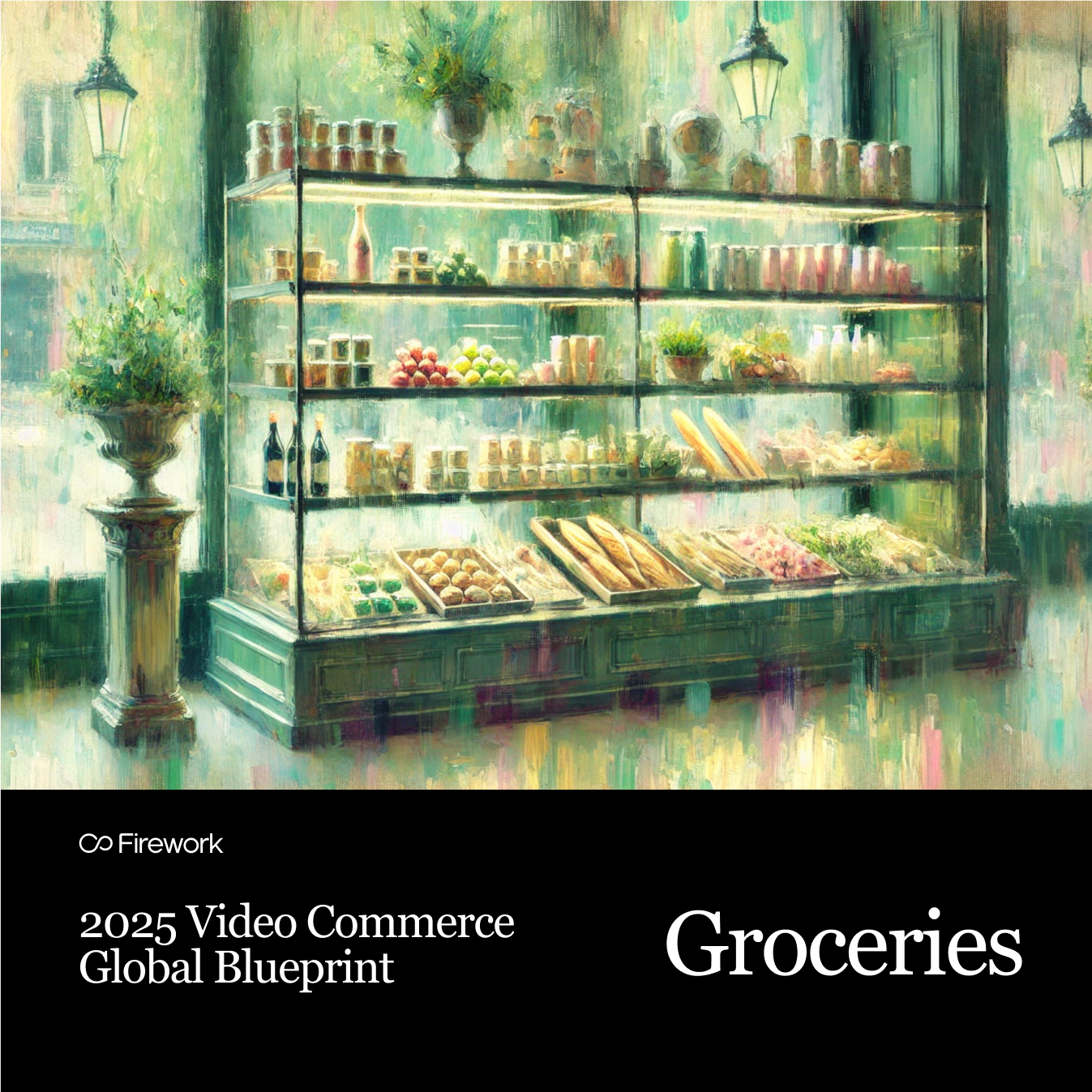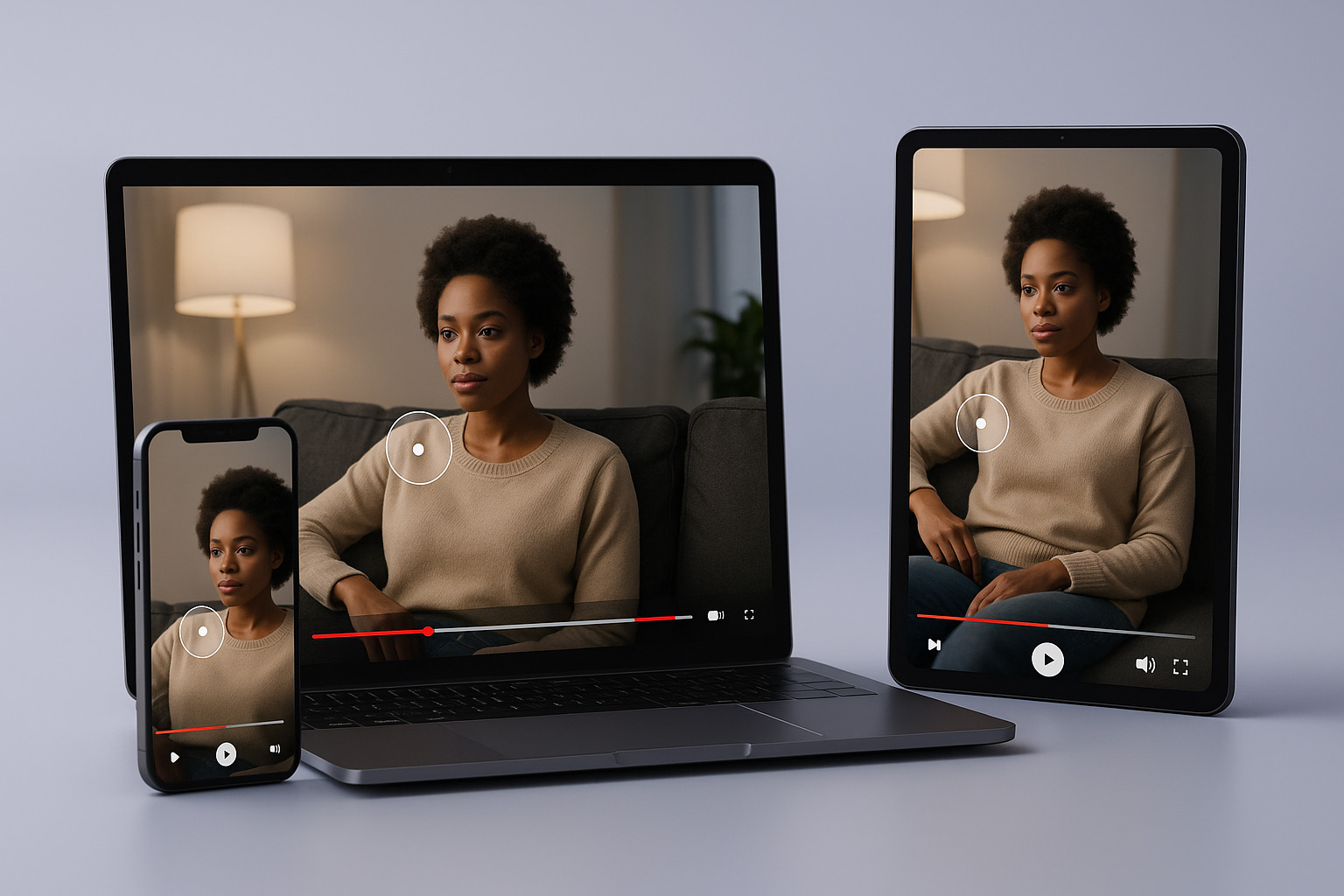Video has transformed how consumers discover and shop for products, with purchase intent increasing by 97% when video is part of the shopping journey. For brands and their retail partners, this creates a powerful opportunity when they work together using effective video marketing strategies. By combining manufacturer expertise with retail distribution channels, both parties create a unified customer experience that drives engagement and sales.
Building the Foundation for Brand-Retailer Video Collaboration
Successful video marketing partnerships between brands and retailers don't just happen. They need careful planning, open communication, and strategic alignment. Before jumping into specific video tactics, let's establish a solid foundation that works for both sides and creates a smooth experience for customers.
Understanding Shared Goals and Distinct Benefits
Great brand-retailer collaborations start with understanding what both parties want while respecting their unique needs. By combining resources and aligning efforts, both sides can build stronger customer connections than they could on their own.
For brands, the benefits are clear:
- Extended market reach through retailer channels
- Enhanced local credibility through retailer reputation
- Increased in-store visibility beyond digital platforms
- Access to retailer customer insights and shopping behaviors
Retailers gain just as much:
- Higher-quality content without massive production costs
- Manufacturer support for product knowledge and messaging
- Exclusive offerings that set them apart from competitors
- Enhanced customer experience through expert product content
Companies with consistent messaging across channels see up to 42% increased customer engagement. This unified approach builds trust and drives conversions.
Establishing Clear Communication Channels and Workflows
Even the best strategy will fail without proper systems for communication and approval. Implementing these video marketing tips for brands with retail partners can streamline collaboration:
- Collaborative Briefs: Standard templates that capture both brand requirements and retailer objectives for each video project. These briefs should cover target audience, key messages, and success metrics that work for both sides.
- Approval Processes: Streamlined review workflows that respect brand guidelines and retailer needs without creating bottlenecks. Clear decision-makers on both sides keep things moving.
- Shared Content Calendars: Joint planning tools that sync video releases with brand campaigns and retailer promotional calendars. This coordination maximizes impact and prevents conflicts.
- Asset Management Systems: Central platforms where final videos, footage, and supporting materials are easily accessible to both teams.
These communication systems prevent the confusion that often derails collaborative projects, keeping both parties in sync throughout the campaign.
Aligning Brand Messaging While Honoring Retailer Uniqueness
The trickiest part of collaborative video marketing is keeping brand integrity while accommodating each retail partner's unique positioning. Businesses with consistent messaging have seen revenue growth up to 33% and 42% higher engagement when campaigns align messaging across platforms.
To strike this balance:
- Create Unified Brand Guidelines: Develop core messaging that includes shared visuals, colors, and value propositions that can't be compromised for brand integrity. This visual consistency builds recognition across channels.
- Identify Flexibility Zones: Clearly mark areas where retailers can customize content for their unique audience and shopping environment. This might include store-specific promotions, local customer testimonials, or regional messaging tweaks.
- Develop Modular Video Assets: Create video content with mix-and-match components that suit different retailer needs while keeping core brand elements. This allows customization without starting from scratch for each retailer.
- Map Consumer Journeys: Understand how customers move between brand and retailer touchpoints, then design video content that acknowledges this path. A makeup brand might create tutorial videos showing both product benefits (brand priority) and in-store expertise at a specific retailer (retailer priority).
This balanced approach ensures customers experience consistent messaging whether they're engaging with the brand directly or through a retail partner. With 59% of B2B buyers now preferring video formats over text when researching products, this consistency across channels matters more than ever.
Types of Video Content That Succeed in Brand-Retailer Partnerships
Some video formats consistently perform better in brand-retailer collaborations. Strategic video content not only grabs customer attention but also balances both partners' goals. Here are the most effective types of video content for these partnerships.
Co-Branded Product Tutorials and Demonstrations
Product tutorials and demonstrations teach customers while showcasing both the brand and retailer. The challenge is finding the right balance:
Highlight brand features:
- Focus on product quality
- Showcase unique selling points
- Demonstrate functionality that reinforces brand messaging
Showcase retailer experience:
- Include the retailer's shopping environment
- Highlight customer service
- Feature exclusive offerings
For example, technology companies maintain core messaging about innovation and user experience in their product demos but customize aspects for different retail partners. Electronics retailer versions emphasize in-store expert advice, while online-focused content highlights convenience and delivery options.
Effective co-branded tutorials typically include:
- Clear brand messaging about product benefits
- Retailer-specific purchasing information
- Shared visual elements from both parties
- Calls to action that benefit both partners
Exclusive First Look and Behind-the-Scenes Content
Exclusive content that offers special access builds excitement and strengthens partnerships. This works well with tiered content exclusivity, where retailers get different levels of unique content based on their partnership status.
Behind-the-scenes videos might show:
- Product development processes
- Designer interviews
- Manufacturing insights
- Upcoming collection previews
This creates a sense of insider access that motivates retailers to promote the content more heavily, driving engagement across channels. It also helps drive store traffic, as customers seek products they've learned about through exclusive content.
In-Store Experience Videos
In-store videos connect online and offline shopping journeys. They help customers visualize the in-person retail experience before visiting.
When mapping these videos to the buyer's journey, consider:
- Awareness stage: Videos showing the store atmosphere and brand presence.
- Consideration stage: Content displaying product availability and in-store expert help.
- Purchase stage: Videos demonstrating checkout experience and post-purchase support.
Mapping video content to buyer journey stages significantly boosts effectiveness. In-store experience videos excel at showing how brand values appear in the retail environment, creating a seamless extension of brand storytelling.
Localized Content for Regional Audiences
For diverse markets, localized video content strengthens connections with regional audiences. This goes beyond translation to include cultural adaptation that truly resonates.
Localization strategies include:
- Cultural adaptation: Adjusting themes and visuals to match local norms and traditions.
- Linguistic customization: Creating region-specific versions with accurate translations or local dialects.
- Regional relevance: Including local events, festivals, and trends in content.
When creating localized content, modern video platforms can streamline the process by automating subtitle generation and managing multiple versions, making large-scale localization more manageable.
Distribution Strategies Across Retail Partner Channels
A smart approach to video distribution is crucial when working with retail partners. Creating great content isn't enough—you need to get your videos in front of the right people through the right channels.
Optimizing for Different Retail Environments
Each retail platform has specific requirements for showcasing video content. To maximize impact, tailor your approach to each environment:
- In-store displays: 1080p resolution, 16:9 aspect ratio, 30-second maximum length, no audio required but captions essential.
- Retailer websites: 1080p resolution, mix of landscape and square formats, 60-90 seconds optimal.
- Mobile apps: Vertical (9:16) format preferred, 15-30 seconds, optimized for autoplay.
- Social media channels: Platform-specific formats (vertical for TikTok and Instagram, square for Facebook).
Keep in mind that 88% of users spend more time on websites with video content, making optimization for each platform vital to engagement success across retail touchpoints.
Creating Modular Video Content
One of the smartest approaches to managing content across multiple retail partners is creating modular video assets. This strategy involves:
- Developing a core video framework with consistent brand messaging.
- Creating interchangeable segments for retailer-specific messaging or offers.
- Building flexible intros and outros that can be customized per retailer.
This helps maintain brand consistency while giving each retail partner something unique for their audience. A cosmetics brand might create a makeup tutorial with a standard application technique but customize product recommendations based on what each retailer stocks or wants to promote.
Leveraging Shoppable Videos
Shoppable videos transform passive viewing into active shopping experiences:
- Interactive hotspots: Clickable areas within videos that link directly to product pages.
- "Add to Cart" buttons: Enable immediate purchasing without leaving the video.
- Product cards: Display featured items with prices and availability information.
These interactive elements can increase engagement by up to 4x compared to standard videos. When working with retailers, make sure your shoppable video formats work with their platforms and checkout systems.
Beauty brands often customize tutorial videos for different beauty retailers' digital ecosystems, recognizing each retailer's unique technology and customer expectations. Videos for one retailer might highlight their loyalty program, while another's could emphasize their points system.
Coordinating Launch Timing and Promotional Pushes
Timing matters in collaborative video marketing. Strategic coordination with retail partners ensures maximum impact:
- Align with retailer promotional calendars: Plan video releases around major shopping events like Black Friday, back-to-school, or retailer-specific promotions.
- Create exclusive windows: Offer time-limited exclusivity to specific retailers before wider distribution.
- Develop seasonal content strategies: Prepare seasonal content early to accommodate retailer planning cycles.
A coordinated approach also extends to promotional support. Work with retailers to ensure your videos get prominent placement during key shopping periods, and develop joint promotional plans that use both your channels and theirs for maximum visibility.
Email Integration and Cross-Channel Promotion
Don't overlook email for video distribution. Emails containing videos see a 300% increase in click-through rates compared to those without video. Work with retail partners to:
- Embed video thumbnails in joint email campaigns.
- Create retailer-exclusive video content for their email subscribers.
- Implement video email series that guide customers through the buying journey.
Coordinate these email campaigns with social media pushes and website features to create a comprehensive video experience across all consumer touchpoints.
Advanced Collaboration Tactics
As brand-retailer partnerships grow, so should your collaborative video strategies. Beyond basic content sharing, advanced tactics can dramatically boost engagement and conversion rates while strengthening retail relationships.
Leveraging Live Shopping Events and Livestreams
Live streaming has become one of the most powerful engagement tools for brands and retailers. These real-time video events create urgency, authenticity, and interactivity that pre-recorded content can't match.
When planning live shopping events with retail partners, focus on these critical elements:
- Joint promotion strategy: Coordinate promotional efforts across both brand and retailer channels at least two weeks before the event to maximize audience reach.
- Shared hosting: Pair brand representatives (like product experts) with retailer talent (such as store associates or buyers) to provide comprehensive product information while highlighting retailer-specific promotions.
- Technical readiness: Establish clear roles for managing audience questions, technical issues, and checkout functionality during the stream.
E-commerce livestream shopping events show the potential here, driving millions in sales during single events. Western retailers are quickly adopting similar strategies with impressive results.
Electronics and retail partnerships demonstrate successful collaboration with joint product launch livestreams. By combining product expertise with retail credibility, these streams drive immediate sales and create valuable content that both partners can repurpose across their channels.
Developing Retailer-Exclusive Video Series
Move beyond one-off video collaborations by developing ongoing video series exclusively for specific retail partners. These create anticipation and loyalty while giving retailers unique content to stand out.
Effective retailer-exclusive series ideas include:
- Monthly new product showcases highlighting upcoming releases available at the featured retailer.
- Seasonal how-to guides tailored to the retailer's typical customer demographic.
- Behind-the-scenes content revealing collaboration between your brand and the retailer.
These series build anticipation with regular release schedules and deepen brand-retailer relationships through ongoing content partnerships. They also help retailers build subscriber lists and customer engagement through regular, anticipated content.
Leveraging Customer Data for Personalized Video Experiences
One of the most valuable aspects of brand-retailer partnerships is combining customer insights from both sides to create more relevant video content.
With proper privacy compliance, retailers can share valuable anonymized data that helps brands create more targeted videos:
- Purchase history patterns to inform product combinations and cross-selling opportunities.
- Regional preferences to tailor demonstrations to specific geographic interests.
- Browsing behavior revealing which product features most interest customers.
Research shows that 72% of customers engage more with personalized marketing messages. Applied to video content, personalization can dramatically improve performance metrics.
When discussing data sharing with retailers, focus on mutual benefits, including improved conversion rates and customer satisfaction. Always propose clear data governance frameworks that respect privacy and comply with regulations.
Integrating Video with Loyalty Programs and Retailer Apps
For the most sophisticated collaboration, integrate your video content directly with retailers' loyalty programs and mobile apps. This creates seamless customer experiences while driving engagement with both brand content and retailer platforms.
Interactive video marketing connected with loyalty programs might include:
- Exclusive tutorial videos unlocked through loyalty point redemption.
- Interactive product videos embedded in retailer apps that allow immediate purchase.
- Behind-the-scenes content accessible only to loyalty program members.
- Personalized recommendation videos based on customer purchase history.
Beauty brands often collaborate with retailers to create video content that integrates with loyalty programs, offering exclusive tutorials to loyalty members. Similarly, athletic brands create training videos accessible only through sporting goods retailers' apps, driving both content engagement and app retention.
Measuring Success of Co-branded Video Marketing
When brands and retailers collaborate on video campaigns, success depends on clear KPIs, shared goals, and data-driven improvements.
Aligning on Shared KPIs
Before launch, both sides should align on goals:
- Brand Awareness: Views, impressions, shares, engagement, audience growth
- Conversions: Click-through rates, sign-ups, purchases, in-store traffic
Balancing brand-focused metrics (awareness) with retailer goals (sales) is crucial. In fact, 93% of marketers confirm video delivers strong ROI when measured correctly (Firework).
Key Retail Metrics
For retail-driven campaigns, track:
- In-Store Impact: Conversion lift, basket size growth, foot traffic
- Online-to-Offline: QR code scans, coupon redemptions, "Find in Store" clicks
- Attribution: Revenue by partner, cross-promo effectiveness, customer acquisition cost
Advanced Video Analytics
Leverage modern tools for deeper insights:
- Engagement: Heatmaps, drop-off points, optimal formats
- Conversions: Post-video actions, funnel analysis, attribution accuracy
- Audience Insights: Demographics, devices used, regional performance
For example, optimizing content after spotting an 85% drop-off improved engagement by 93%.
Building Feedback Loops
Measurement powers continuous improvement:
- Joint Reviews: Regular reporting, shared dashboards, unified templates
- Optimization: A/B testing, iterative calendars, collaborative decisions
- Success Stories: Case studies, documented wins, evolving strategies
Case in point: "Paid Partnership" tagged content saw 20% higher conversions, proving that smart tracking benefits both partners.
Overcoming Common Challenges
Creating successful video marketing partnerships between brands and retailers isn't always smooth sailing. Here are practical solutions to the most common challenges you'll face, ensuring your collaborative efforts benefit everyone involved.
Managing Competing Retailer Relationships
When working with multiple retail partners, balancing exclusivity without creating friction can be tricky.
Tiered Content Strategies:
- Create a base layer of video content available to all retail partners
- Develop premium tiers of exclusive content based on retailer commitment levels
- Offer time-limited exclusivity windows rather than permanent exclusives
This approach lets you reward your most valuable retail partnerships while maintaining positive relationships with all partners. You might give your top-tier retailers a 30-day exclusive window for new product launch videos before sharing with other partners.
Transparent Communication:
- Clearly communicate your content strategy to all retail partners
- Set expectations about exclusivity policies upfront
- Provide advance notice when exclusive content periods are ending
Being transparent prevents surprises that could damage relationships. Your retailers will appreciate knowing where they stand, even if they don't always get first access to every piece of content.
Streamlining Approval Processes
Multiple stakeholders can create bottlenecks that delay campaign launches and frustrate everyone involved.
Establish Clear Workflows:
- Document precise approval chains with designated decision-makers
- Set reasonable timeframes for feedback at each stage
- Create escalation procedures for when bottlenecks occur
Leverage Collaborative Tools:
- Implement project management platforms that centralize feedback
- Use annotation tools that allow for specific, contextual comments on videos
- Consider dedicated approval software that tracks changes and maintains version history
By aligning your marketing strategy through established processes, you'll significantly reduce the back-and-forth that often plagues collaborative projects.
Maintaining Brand Consistency
When videos appear across multiple retail environments, keeping a consistent brand image becomes challenging.
Unified Brand Guidelines:
- Develop comprehensive video style guides specifically for retail partnerships
- Include non-negotiable brand elements alongside flexible components
- Create visual examples showing acceptable and unacceptable adaptations
Consider how toy manufacturers maintain their distinctive brand identity while allowing for customization across retailers. Their tutorial videos maintain consistent branding elements (logo placement, color palette, animation style) while allowing retailers to incorporate store-specific information about pricing, availability, or exclusive sets.
Regular Brand Audits:
- Conduct quarterly reviews of all retail-partner video content
- Look for inconsistencies in messaging, visual presentation, or tone
- Address any deviations quickly and collaboratively
Regular audits help ensure message consistency across campaigns, which is crucial for building brand recognition and trust. Fragmented messaging costs brands in both customer acquisition and retention.
Budget Allocation and Cost-Sharing
Determining who pays for what in collaborative video projects can create tension without clear agreements.
Transparent Cost-Sharing Models:
- Base contributions on expected ROI for each party
- Consider revenue-sharing models for shoppable video content
- Create clear production budgets with itemized expenses
Template for Fair Investment Splits:
- Core production costs (filming, editing): Usually shared based on agreed percentages
- Media placement: Often covered by the retailer on their owned channels
- Specialized assets (custom animations, exclusive footage): Funded by the requesting party
- Analytics and measurement: Typically shared equally
Cost-Effective Resource Sharing:
- Develop video content repositories accessible to all retail partners
- Create modular videos that can be customized efficiently for different retailers
- Implement shared media platforms for distributing and tracking content
These approaches help address resource allocation challenges, making your video marketing budget go further while strengthening partnerships. By creating systems that benefit both sides, you'll foster goodwill and encourage ongoing collaboration.
Ready to Transform Your Brand-Retailer Video Strategy?
Take your collaborative video marketing to the next level with Firework's comprehensive video commerce platform. Our solutions enable brands and retailers to create seamless, engaging video experiences that drive results.
Download our 2025 Fashion & Apparel Video Commerce Playbook to discover industry-specific strategies for your next collaboration, or request a demo today to see how our platform can power your brand-retailer partnerships.
Unlock Exclusive Insights
By submitting this form, you agree to Firework's privacy policy and consent to receive personalized marketing communications. You can unsubscribe at any time.

